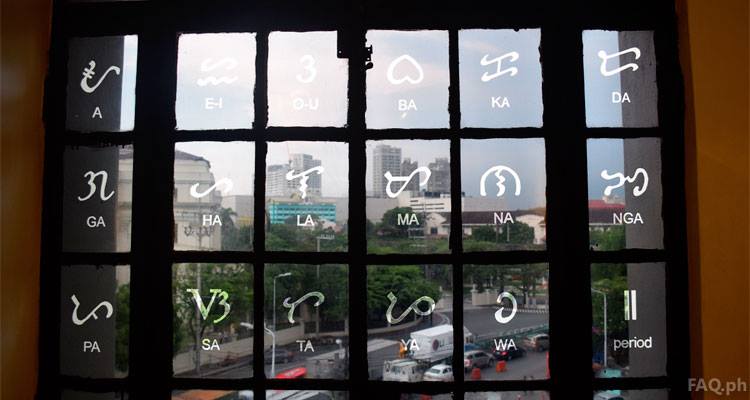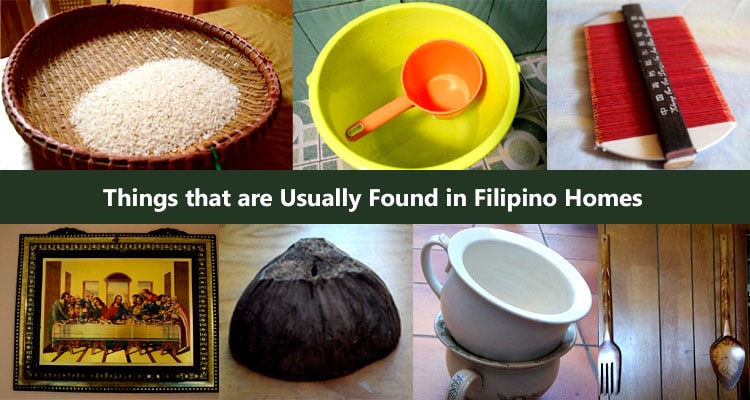
The life of a politician in the Philippines is as controversial as the life of actors and actresses in the showbiz; their lifestyle is always scrutinized by the people. Most of the time, they are blamed for the poverty experienced by their constituents.
In accordance to Republic Act No. 6713 or the Code of Conduct and Ethical Standards for Public Officials and Employees, politicians are required to submit their duly accomplished Statement of Assets, Liabilities and Net Worth (SALN) to declare their assets such as real properties and cars, their liabilities such as loans, debts and dependents. And of course, their net worth or what is left of their assets minus the liabilities.
Based on the summary report of filed Statements of Assets, Liabilities and Net Worth (SALNs) for 2014 of members of the House of Representatives and Senate of the 16th Congress, it shows that Senator Cynthia Villar remains to be the richest politician in the Philippines. While, ANAKPAWIS Party List Representative, Fernando “Ka Pando” L. Hicap remains to be the poorest with a net worth of only P95, 572 although this figure has already increased compared to P37, 722 back in 2013. [Read more…]




Latest comments